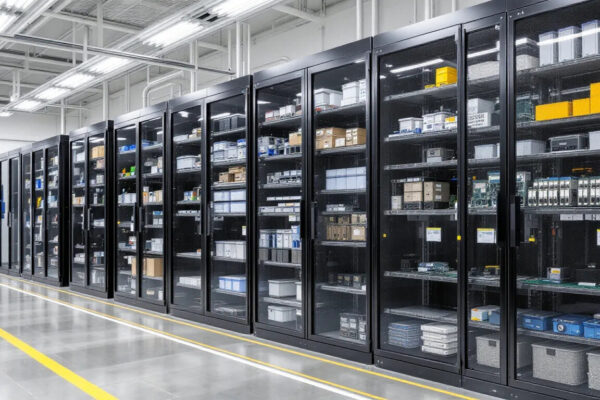
Efficient inventory management is critical in the electronics industry, where components face rapid obsolescence, short lifecycles, and strict environmental requirements. This guide explains how to optimize electronic component stock through real-time tracking, ESD-safe storage, predictive analytics, and strategic cost control. Learn how leading manufacturers reduce working capital risks, prevent obsolescence, and recover value from surplus components while maintaining quality and sustainability across the supply chain.

Why Common Criteria (ISO/IEC 15408) is widely regarded as the global benchmark for product-level security certification, how it differs from management standards like ISO/IEC 27001, and where FIPS 140-2/3 and ISO/IEC 19790 fit in for cryptographic modules. We also explore evaluation assurance levels (EAL), international recognition mechanisms, and how organizations can choose the right certification strategy for global markets.
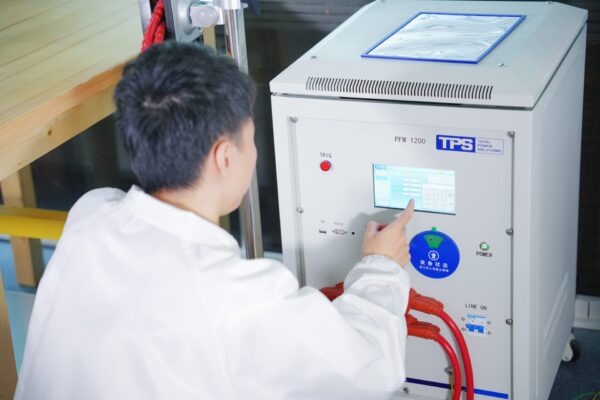
This guide explains how to plan, perform, and document EMC testing to ensure your electronic products meet international standards and achieve market approval.
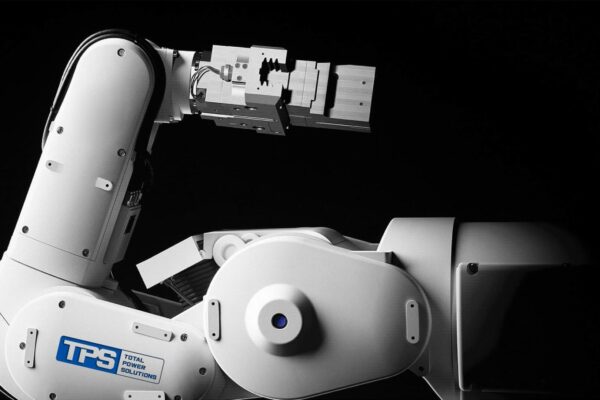
Developing medical device software goes far beyond coding—it combines regulatory expertise, cybersecurity, usability, and risk management into a highly controlled process.
This guide explains how specialized partners help companies build safe, compliant, and market-ready software solutions according to IEC 62304 and ISO 13485—from concept to post-market surveillance.

Key Takeaways Introduction to Electronic Components on PCBs Electronic components are the building blocks that turn a bare printed circuit board into a working device—from wearables to industrial controls. Mounted on fiberglass substrates with copper traces, they create circuits that process signals, manage power, and execute computational tasks. The transition from through-hole to SMT has… Read More »

Mechatronics combines mechanics, electronics, and computer science to build intelligent systems that drive Industry 4.0 and smart manufacturing. From robotics to aerospace, mechatronic design enables adaptive, data-driven automation and sets the foundation for sustainable, intelligent technology.
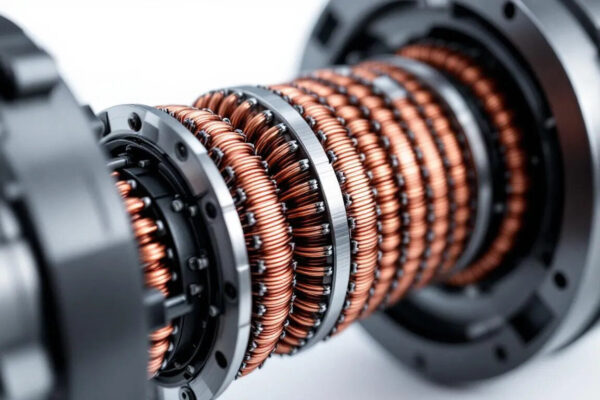
Wire insulation plays a crucial role in electrical safety and reliability. This guide explains the most common insulation materials – PVC, XLPE, rubber, and fluoropolymers – their temperature ranges, chemical resistance, and ideal applications. Learn how to choose the right insulation for your environment and ensure long-term system performance.

SMA connectors are compact, durable, and designed for high-frequency precision. Supporting up to 18 GHz — with precision and specialized versions reaching 26.5 GHz and 34 GHz — they ensure stable performance in wireless, aerospace, defense, and test applications. Learn about types, benefits, and key specifications.
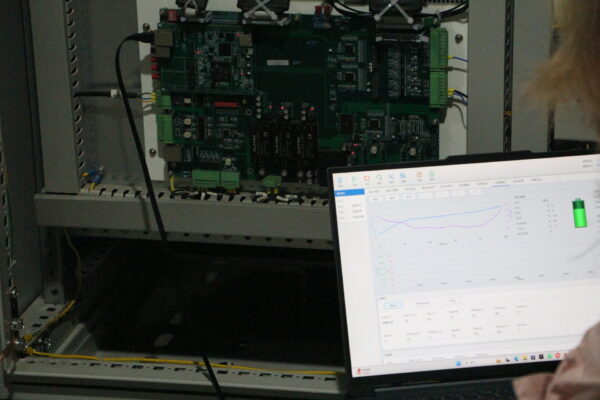
Key Takeaways Why Comprehensive Electronic Design Services Matter In today’s fast-paced electronics industry, bringing new products to market requires more than innovative ideas. With many technology startups failing due to execution and timing issues, companies need streamlined development processes that keep pace with innovation cycles. Modern products have become highly complex—smartphones may use more than… Read More »